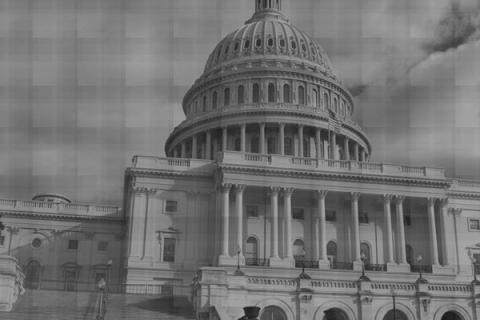 Ever since humans first understood the power that flowed from the sun, they have wanted to harness it for their own purposes. It all seemed so simple – capture the sunlight, use it to warm our homes and power our communities. The fact that solar power barely makes a dent in today’s mix of power grid sources is a testament to the difficulty of turning the concept into reality. This simple idea is expensive, hard to accomplish, and possibly even environmentally unfriendly.
Ever since humans first understood the power that flowed from the sun, they have wanted to harness it for their own purposes. It all seemed so simple – capture the sunlight, use it to warm our homes and power our communities. The fact that solar power barely makes a dent in today’s mix of power grid sources is a testament to the difficulty of turning the concept into reality. This simple idea is expensive, hard to accomplish, and possibly even environmentally unfriendly.
The fact that solar power is growing rapidly and may well become an important part of the power mix is a testament to the creativity of chip-era engineers and to industrial policies that incentivize the technologists and the end-users who adapt it. There are two important reasons that solar is coming on strong. First, the rapidly lowering cost curve for producing photo-voltaic cells (PVC) that can capture sunlight and turn it into one form of power or another. Second is something called the Renewable Portfolio Standard (RPS) – the percent of the state’s power grid that must come from renewable resources.
In 2002, the California legislature ordered the state’s utilities to meet an RLS of 20% by this year; but the governor wants to push that ratio to 33% by 2020. Renewables include solar, wind, geothermal and a number of other alternative energy sources that do not deplete themselves over time. Upping the RPS will have a positive impact on all the renewables, and it may well light up solar companies such as First Solar, one of the leading manufacturers of thin film solar panels and developer of solar farms that will feed into the power grid. A spokesman for First Solar described the progress of their technology as similar to the chip industry. “In 2004, it cost us about $8 for every watt of power we could produce. Today, that figure is only $.80 per watt,” he told me.
Despite this impressive increase in efficiency, solar energy remains as much as five times more expensive than its fossil fuel counterparts. And it faces challenges from – of all people – environmentalists who are concerned about the impact of large solar farms on desert land that would house them. "There are significant environmental issues involved in the California gold rush-like scenario unfolding in the desert," said Peter Galvin, conservation director of the Center for Biological Diversity in an October, 2009 L.A. Times article. "We are not going to just roll over when critical wild lands and last habitats of endangered species are in the mix."
Some environmentalists are also concerned that the huge solar farms required to fill the needs of the state’s major power companies could increase the warming of the planet. Others are worried about the amount of precious water required to cool the solar panels, and the impact on endangered species. "Water is a big concern and the desert tortoise is a major concern, and the amount of site preparation is a concern," Linda Resseguie, a Bureau of Land Management (BLM) project manager told the Associated Press. “The government in reviewing each project wants to make careful decisions over what it considers "a potentially irreversible commitment of lands.”
An environmental impact study currently being conducted by the U.S. Department of Energy, the BLM and the Department of the Interior cites potential issues that include the visual impact of large solar arrays, land use issues, and even potential problems for aviation as a result of reflected light.
Still, it’s counter-intuitive to doubt the efficacy of solar energy. In fact, Thomas Edison is quoted in James D. Newton’s 1987 book Uncommon Friends as saying, "I'd put my money on the sun and solar energy. What a source of power! I hope we don't have to wait till oil and coal run out before we tackle that."
